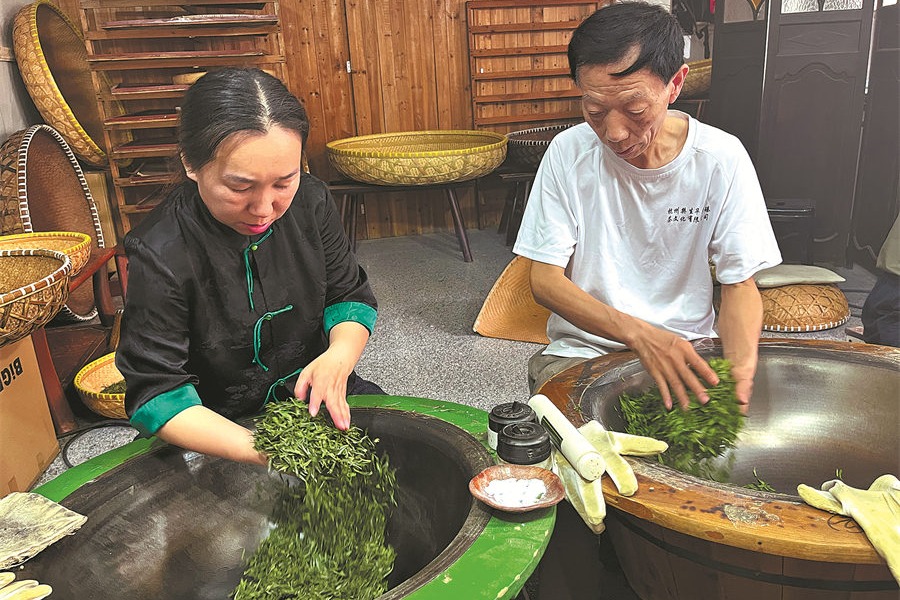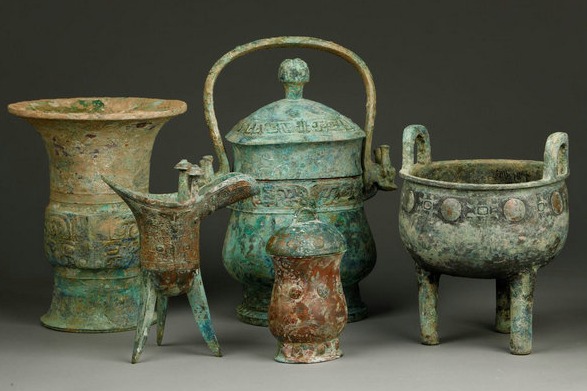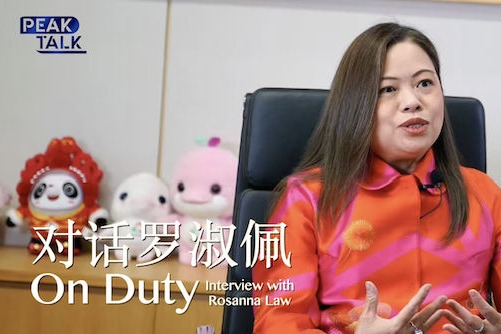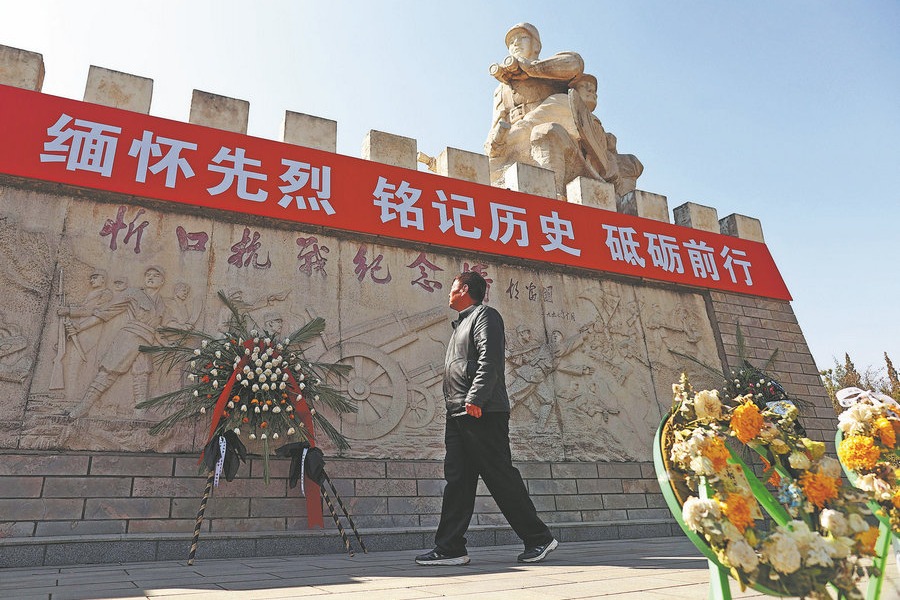Reality TV

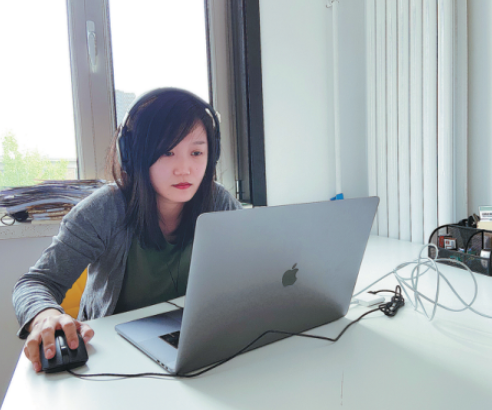
Sun, 33, a doctoral student in journalism and communication at the university, says that, even though they could not visit Wuhan to shoot a documentary with firsthand material from the front line, they saw what was happening in that city through the hundreds of video clips recorded by Wuhan locals on their cellphones.
"We wanted to collect the tons of information and pin down the most touching moments, showing Wuhan during this Spring Festival from a more human angle, presented by the city's thousands of residents," Sun says.
Sun says that many documentaries about Wuhan during the pandemic followed stories on individuals, while their work tries to present images of a group of people.
"When the city was under lockdown, some people may have recorded the empty street which, for them, may convey a feeling of loneliness and panic, while some others may have been happy to be at home with their family… All these feelings build a live and real picture of Wuhan for us," Sun explains.
"All of the moments recorded on smartphones tell us that, when facing the pandemic, no city is alone."
Many elements in the film touched Sun. For example, on the night of Jan 27, people in one local community all opened their windows and cheered for the city and its people loudly, singing together-that moment is one of the many that reduced Sun to tears, as she believes that the singing seemed to have the magic power to connect each single person together in the fight against the pandemic.
Sun also saw the optimistic spirit in the people of Wuhan from their daily lives, exemplified by one clip of a woman who grows vegetables on her balcony and harvests them to cook later.
Sun says the documentary is also a commemoration of doctor Li Wenliang, one of the eight people who first raised concerns about the novel coronavirus when initial cases emerged in Wuhan. He died from the virus in early February.
The production team was divided into three groups. One searched for, and filtered the footage, another edited the selected short films, and the third was charged with the role of producers, performing tasks, such as communicating with the owners of the selected content to get permission to use their clips.





















